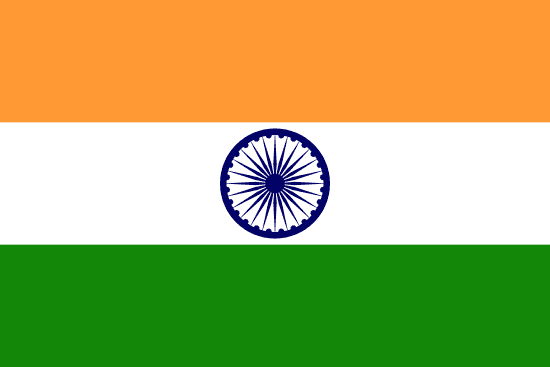"दिल्ली ची गल्ली, औरंगाबाद ची खिल्ली | A street in Delhi, a pebble in Aurangabad"
About:
Aurangabad, founded in 1610 by Malik Ambar, was later renamed in 1653 after the Mughal Emperor Aurangzeb. It became a significant manufacturing and trading hub during the Mughal era. Post-independence, Aurangabad developed into a major industrial city with the establishment of companies like Bajaj Auto. It's also a popular tourist destination, known for historical monuments like the Ajanta and Ellora Caves, a UNESCO World Heritage site. Today, it's one of the fastest-growing cities in Asia.
When to visit:
Aurangabad, located in Maharashtra, India, is best visited during the winter months from November to February. This time of year offers pleasant weather with temperatures ranging from 15°C to 30°C, making it ideal for exploring the city's numerous historical sites and monuments. The cooler temperatures also make outdoor activities more enjoyable, such as visiting the iconic Ajanta and Ellora caves or exploring the stunning Bibi Ka Maqbara. Additionally, the winter months see fewer tourists, allowing visitors to experience Aurangabad's rich cultural heritage in a more peaceful setting.
When to avoid:
The worst time to travel to Aurangabad on a holiday is during the summer months of April to June. Aurangabad experiences scorching heat during this time, with temperatures often exceeding 40 degrees Celsius. The intense heat can make outdoor sightseeing uncomfortable and exhausting for travelers. It is advisable to avoid visiting Aurangabad during this period and opt for cooler months such as November to February for a more pleasant travel experience.
Winter (November - February)
Aurangabad, India, experiences its coldest and wettest period during monsoon season, from June to September. Average temperatures range from 22-30°C, with high humidity. Rainfall peaks in July, averaging 200mm, often causing overcast skies and reducing sunlight hours. Cloud cover is substantial, and sporadic thunderstorms are common. An average day for a visitor during this period might involve navigating through heavy showers and enjoying the lush, verdant landscapes. Indoor activities are recommended, as outdoor sightseeing can be disrupted by unpredictable rain.
Monsoon (June–September)
Monsoon (June–September)
Language:
In Aurangabad, the most commonly spoken language is Marathi, which is the official language of the Maharashtra state in India. Urdu and Hindi are also widely spoken due to the city's diverse population. English is used in the professional and educational sectors.




